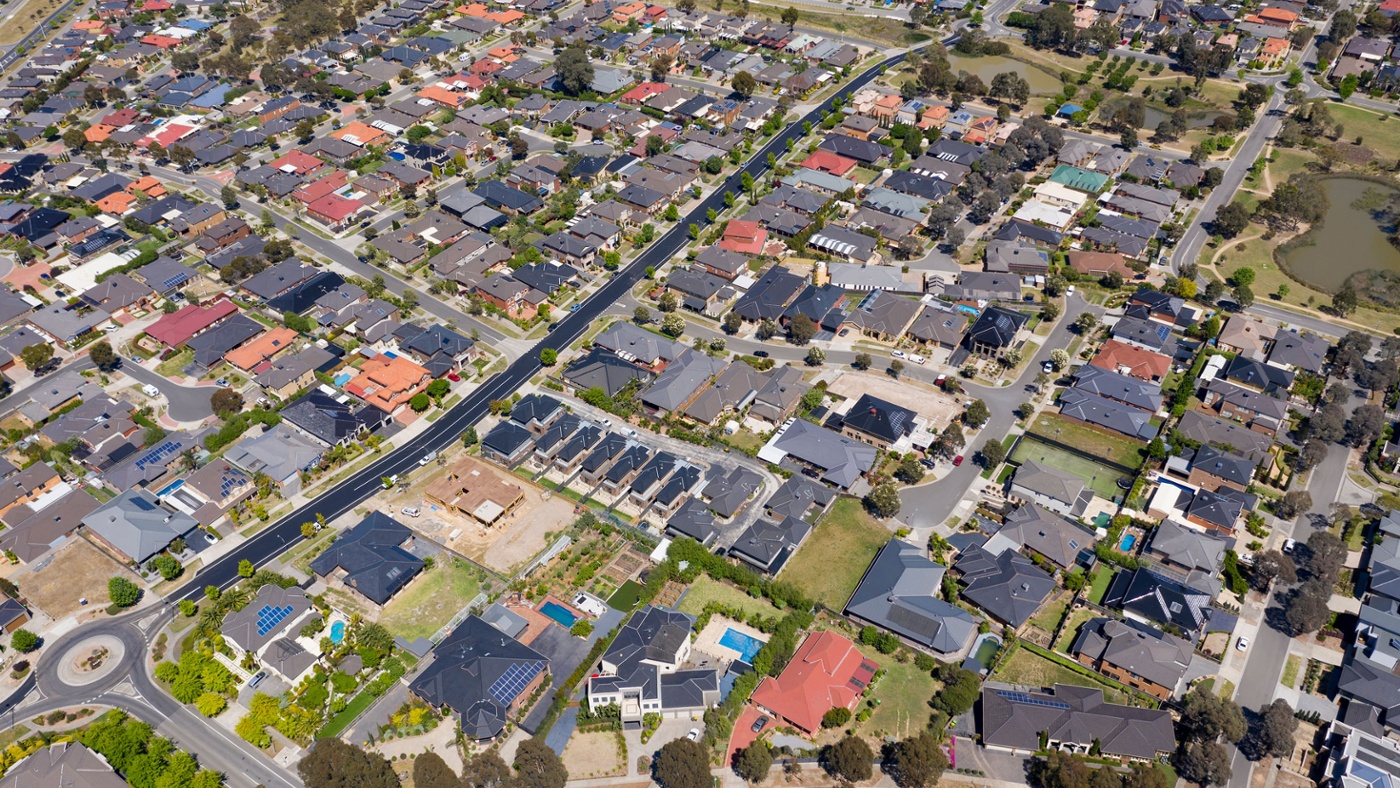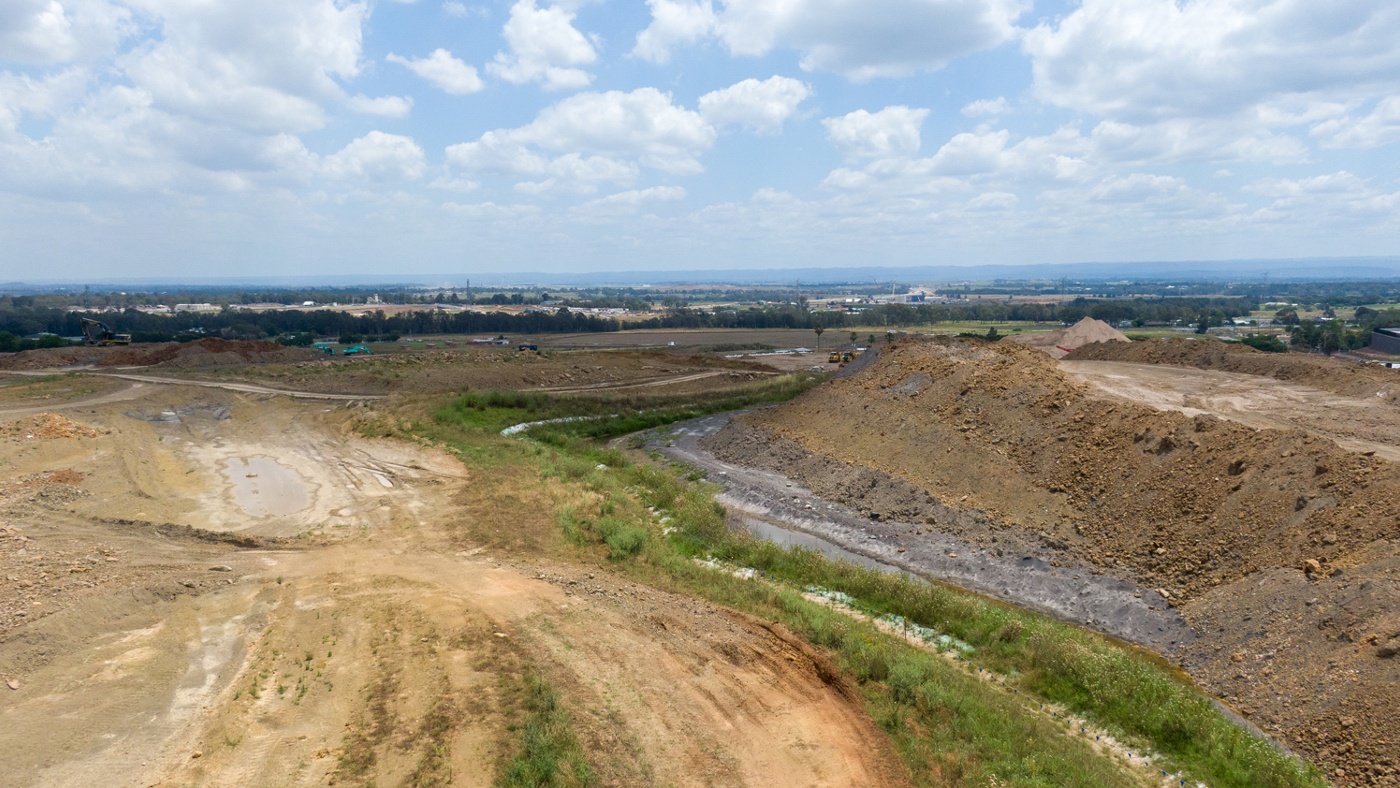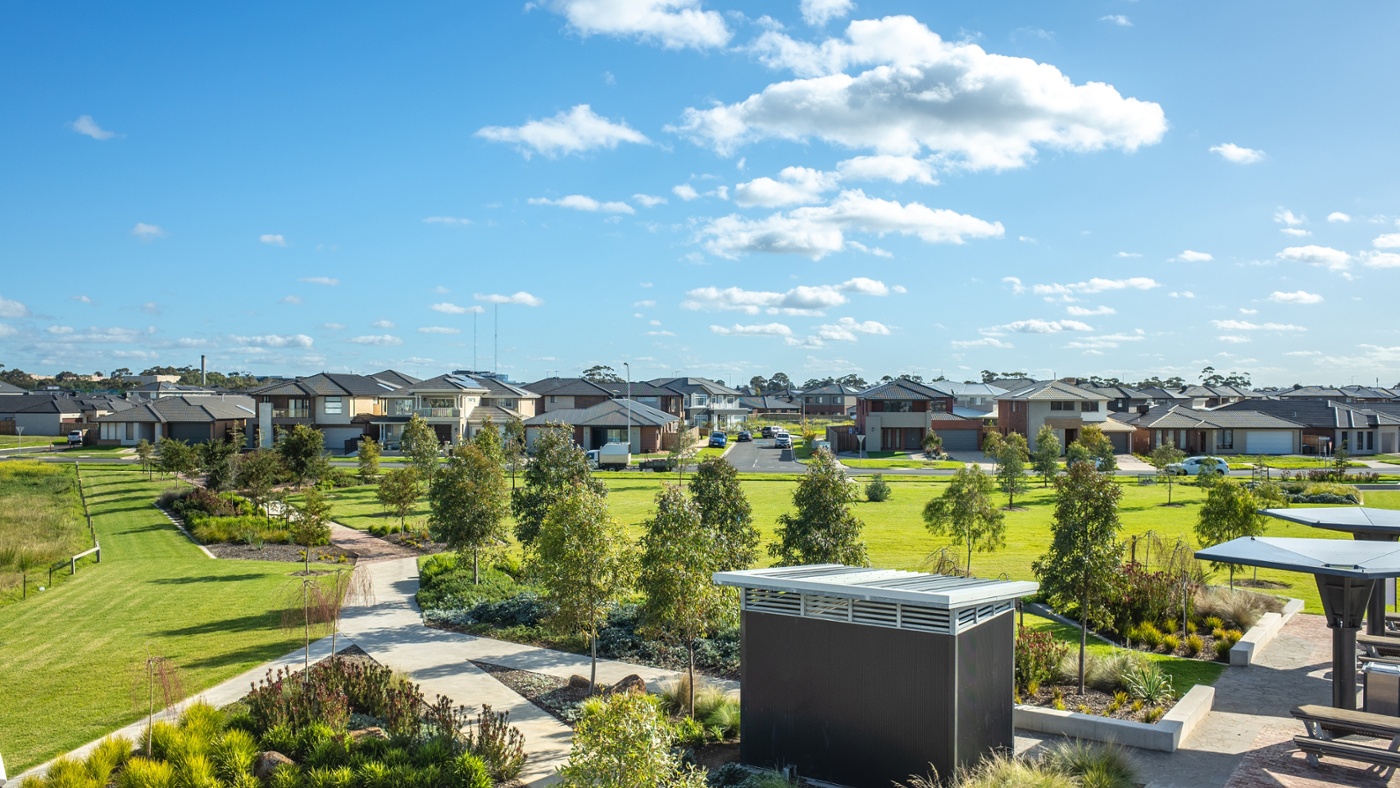The NSW Government’s proposed infrastructure contributions reform package was released for public comment on 28 October 2021. This package provides more detail on the overarching framework established by the Bill that was introduced into NSW Parliament in June 2021.
The proposed reforms aim to:
- Simplify the infrastructure contributions framework in NSW.
- Create more certainty for landowners and industry.
- Improve the delivery of local and regional infrastructure.
This article summarises the key proposed reforms and our initial thoughts.
New Regional Infrastructure Contributions
As summarised in our earlier article, the Regional Infrastructure Contributions (RICs) will be a broadly applied, flat rate regional contribution that is intended to provide a more consistent and certain approach to funding State and regional infrastructure than the existing Special Infrastructure Contributions (SICs).
RICs will contribute towards the costs of ‘regional infrastructure’ provided by the NSW Government in four specific regions: Greater Sydney, Central Coast, Lower Hunter and Illawarra-Shoalhaven.
They will apply to new residential, commercial or industrial development, as well as subdivision in ‘greenfield residential areas’. The RIC will only be charged once, either at the subdivision stage, or when buildings are constructed. Further, the RIC will not be payable on ‘super lots’, which we understand to be lots that are more than twice the size of the applicable minimum subdivision lot size. If development includes further subdivision of a superlot, or multiple dwellings on a lot, additional RIC charges will apply based on the number of dwellings.
The RIC will not apply to rural zones or certain types of residential development, which are listed at the end of this article.
RICs will be payable in addition to any local infrastructure contributions that apply under section 7.11 or 7.12, and will be payable prior to the first Occupation Certificate, or Subdivision Certificate in relation to subdivision DAs.
There are three potential components to the RIC charge:
- Base contribution: This will apply to all new development in the RIC regions (see Figure 1 below).
- Strategic Biodiversity Component: This will be determined on a case-by-case basis within areas where biodiversity certification has been conferred. The proposed charges for the Cumberland Plain Conservation Area (not yet biodiversity certified) are included in the exhibition package.
- Transport Project Component (TPC): This will only apply to new development within the service catchment of significant new transport investments such as a new metro station, and only where significant additional development potential is created by, and benefits from, those transport projects. TPC charges will be announced either when a new transport project is announced, or during the precinct planning process.

Figure 1: RIC base contributions. Source: NSW Department of Planning, Industry and Environment, October 2021
Infrastructure Delivery Agreements and State Planning Agreements
Contributions will mostly be made through a monetary payment. However, new Infrastructure Delivery Agreements (IDAs) will allow developers to meet their contribution obligations by providing infrastructure and/or dedication of land instead of a monetary contribution, but only with the Minister’s approval. Essentially, IDAs will enable developers to act as delivery partners for infrastructure identified under the RIC Fund Growth Infrastructure Needs Assessment framework, subject to meeting key principles and assessment criteria.
Commencement and transitional arrangements
RICs are scheduled to start 1 July 2022. However, they will be introduced in phases, with a 50% discount for the first year and a 25% discount for the second year.
There will be no new SICs from 1 July 2022. It is intended that all existing SICs will transition to RICs over time. The Department has provided some details on which SICs will transition and when, but is still working through this.
Local Infrastructure Contributions
Concurrent preparation of Planning Proposals and Contributions Plans
One of the issues identified by the Productivity Commission in its review of the contributions system in December 2020 was that “infrastructure planning is often disconnected from rezoning decisions, with contributions not known until late in the development process”.
To rectify this, it is proposed to require that contributions plans be prepared and exhibited upfront with Planning Proposals.
If a Planning Proposal is submitted to Council and seeks to permit development that will create a demand for new or additional infrastructure, the Council will need to consider whether there is an existing contributions plan that will adequately address that demand, or whether a new contributions plan needs to be prepared to meet the cost of providing the amenities and services that are needed as a consequence of the proposal.
Land Value Contributions
A significant reform is the proposal to introduce a new category of local infrastructure contribution called Land Value Contributions (LVCs) which will be tied to Planning Proposals. LVCs are specifically designed for greenfield areas, where changes to planning controls will enable more intensive development and result in higher land values.
This was a recommendation of the Productivity Commission to address the high and rising costs faced by local councils in acquiring land for public purposes under section 7.11 contributions plans.
Local councils will be able to adopt contributions plans that identify ‘land value contribution areas’ (LVCA). The contributions plans will:
- Identify the land in the LVCA that is required for a public purpose.
- Specify the maximum amount of the LVC, which will be expressed as a maximum percentage of the land’s value, capped at 20%.
The LVC will be payable when the land is sold or developed following a rezoning, whichever comes first. It is only payable once. If the land is being sold, the vendor must satisfy the requirement for the LVC on or before completion of the sale. If development consent is granted before being sold, then there will be a condition of development consent requiring payment of the LVC.
LVCs (if they apply) will be required in addition to existing Development Application contributions under section 7.11 contributions (except where the section 7.11 contributions plan already funds acquisition of the same land, to prevent double dipping).
Section 7.11 Contributions Plans
In parallel with NSW Department of Planning, Industry and Environment’s proposed reforms, IPART has been asked to provide advice in relation to an ‘’essential works list’’ (EWL) that would apply to all s7.11 contributions plans. The EWL sets out the land and works that developers must fund in new or growing communities. Currently, contributions plans that levy above the $20,000 and $30,000 caps must comply with the EWL.
The government’s terms of reference instructed IPART to exclude community facilities works from the EWL. This follows recommendations by the Productivity Commission that Contributions Plans should reflect development contingent costs only. This means that, once the EWL is applied to all 7.11 contributions plans, no council will be able to include funding for building community facilities in its contributions plans.
In response to council feedback, the government will defer applying the EWL to all section 7.11 plans for three years.
Section 7.12 Levies
Currently, section 7.12 levies are charged as a fixed percentage of development costs, generally up to 1% (but 3% in some cases).
The Productivity Commission’s review found that a rate of 1% does not reflect the high cost of infrastructure for infill areas, so it was recommended to increase the maximum rate to an equivalent of 3% for residential development, but to retain the maximum 1% for non-residential development.
However, it is now proposed that the levies will be charged on a per dwelling basis for residential development, and a per square metre of floor area basis for other land uses. The proposed maximum rates are shown in Figure 2 below.

Figure 2: Proposed new section 7.12 levies. Source: NSW Department of Planning, Industry and Environment, October 2021
Exemptions From Infrastructure Contributions
The table below illustrates the types of development that will be exempt from RICs and local infrastructure contributions.

Ethos Urban’s perspective
The purpose of the proposed contributions reforms was to create a system that is certain, transparent, efficient, consistent and simple – the principles recommended by the NSW Productivity Commission in its December 2020 review.
In our view, the reforms deliver on consistency and certainty in some respects, however, do not necessarily deliver on simplicity. The proposed reforms (particularly the LVC and RIC) are complex and raise many questions about implementation. Further, the cumulative impact of new and increased charges could impact on housing supply and costs, which are already rapidly increasing with material and supply cost issues.
Some additional preliminary thoughts are below.
Regional Infrastructure Contributions
- The introduction of the RIC will provide a more consistent method of funding regional infrastructure than the current SICs, and (generally) greater certainty for developers.
- However, there is little certainty at this stage in relation to the Transport Project Component of the RIC and what further impact this may have on development feasibility.
- Charging the RIC on a per dwelling basis is likely to discourage the provision of more diverse and higher density dwellings for smaller households and to assist with addressing affordability, and instead encourage fewer, larger dwellings which will be cheaper to fund. The effect of flat rate levies per dwelling is likely to have more impact on housing supply and diversity in markets like western Sydney, where the need for more diverse housing, and affordability pressures are greatest.
- The proposed base RIC differentiates between Greater Sydney and other regions, but does not differentiate within the region, unlike the proposed section 7.12 levies. This means that the same charge will apply across very different LGAs and will have a more significant impact on areas with lower land values.
- It is unclear how the RIC will be applied to subdivision lots that are intended for residential flat buildings in the future. Will these lots need to be ‘super lots’ to exempt them from the charge at the subdivision stage?
- Infrastructure Delivery Agreements provide a mechanism for providing works-in-kind in lieu of a monetary RIC. Whether they will incentivise the provision of WIK will depend on how simple or complicated they are to administer.
Local contributions
- Requiring the concurrent preparation of contributions plans with Planning Proposals is a positive step in terms of increasing certainty for developers and reducing reliance on VPAs. However, this may further delay the rezoning process, in part because there is no clear requirement as to whose responsibility it is to prepare the contributions plan (council or the proponent?), as well as the time taken to prepare the plan itself.
- The cost of the LVC is likely to be passed onto the developer by the vendor which may drive up (rather than down) the cost of land.
- The new LVC is likely to have limited application, because it is unworkable outside of greenfield areas and only applies to land that is yet to be rezoned. There is not much of this land left in Sydney, and the available land has already been strategically identified, a signal which is driving up land values ahead of rezoning.
- The exclusion of community facilities from the essential works list (which will be applied to all section 7.11 plans) may reduce total contributions for developers, however, could have implications for the quality of place making. And while community facilities could still be accommodated through VPAs, this may not always be suitable or feasible because, unlike contributions plans, VPAs do not accommodate the sharing of costs across a whole precinct where there are multiple owners. Including more types of local infrastructure on the essential works list, and enabling Councils (within contributions limits that are tied to feasibility) to determine how to prioritise infrastructure delivery to meet community needs, would be a better approach, and would facilitate private sector delivery through works in kind.
Exemptions and affordable housing
- Standardised exemptions are welcome, particularly for affordable housing, instead of relying on case-by-case applications to local councils.
- Clarity is needed as to whether boarding houses will be caught by the proposed exemptions. Under the draft Housing SEPP, boarding houses must be managed by a community housing provider and be used for ‘affordable housing’ in perpetuity. Therefore, it would be our understanding that they are exempt from both local and regional contributions as a type of affordable housing. However, the Explanation of Intended Effect for the RIC SEPP states that boarding houses will be included in the commercial development charges, and the draft amendment to the EP&A Regulations states that section 7.12 local levy conditions for boarding houses will be between $4,000 and $6,000 per bedroom (depending on the location).
- The exemptions for affordable housing could potentially apply more broadly than just social housing providers and Community Housing Providers. The NSW planning system needs to incentivise affordable housing as much as possible, given the affordability crisis currently facing NSW.
- Aside from the exemptions, the reforms do not address affordable housing. This is a missed opportunity, particularly given the ‘affordability’ pillar of the NSW Government’s Housing Strategy (March 2021) and the District Plans’ 5-10% affordable housing targets.
General thoughts
- The proposed reforms introduce a lot of new charges and increase existing ones. The cumulative impact of all of these charges on development feasibility needs to be considered.
- New and increased contributions are likely to impact on housing supply and costs. Coupled with the already difficult and complicated NSW planning system, will developers find it all too hard and will this affect the decision to invest in NSW or other States?
Eager for more insight or information on the proposed reforms? Need assistance with preparing a submission? Please contact Director, Planning, Yvette Carr.
Related Insights

How Immigration Shapes Housing Choices in Victoria?

NSW Low and Mid-Rise Housing Reforms

NSW Government Releases Industrial Lands Action Plan

Property Council of Australia Committees Announced for 2025/26




